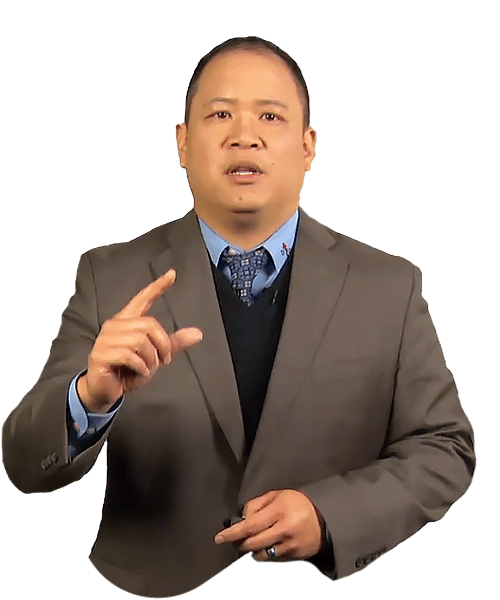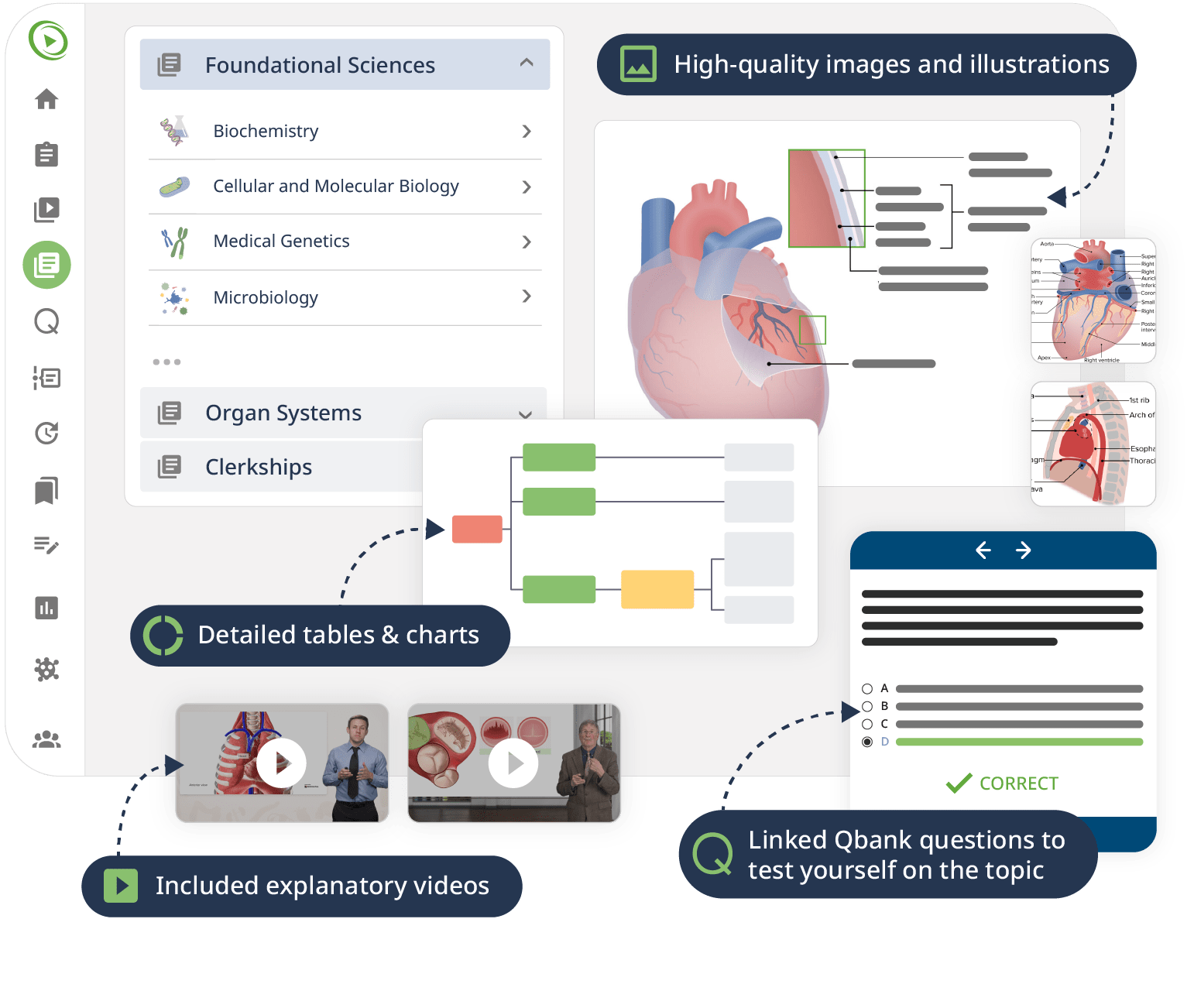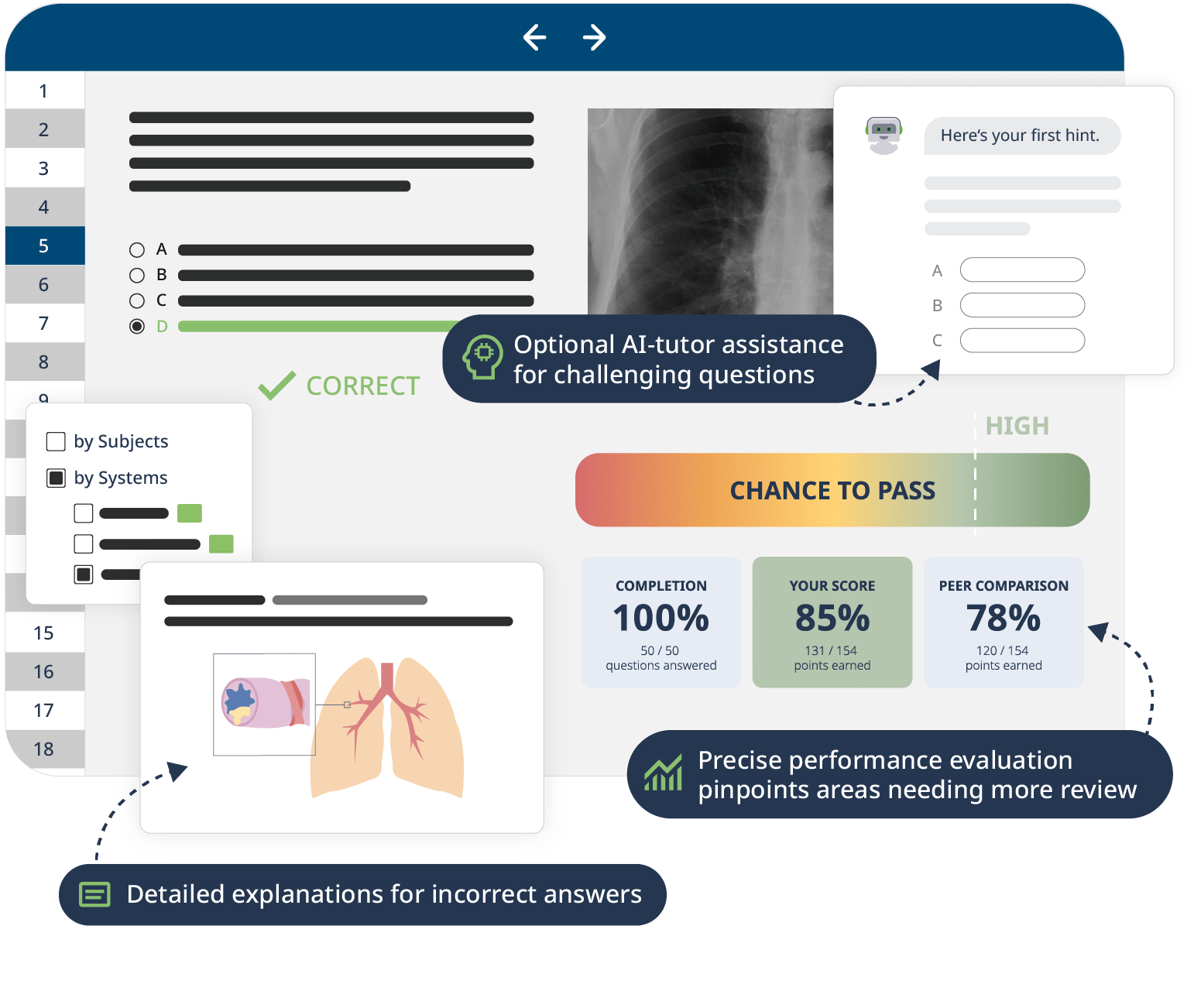Start your online OMM course
with Tyler Cymet, DO, FACOFP, and Sheldon C. Yao, DO
The unique hands-on techniques used in OMM provide an option outside of medication or surgery to help with musculoskeletal issues, pain management, and many other conditions.The biggest challenges of OMM are the need for precise manual skills and a deep understanding of how the body’s systems are interconnected.
This course combines the explanation of key theoretical OMM topics with video tutorials for practical, hands-on OMM techniques. You will become familiar with the general tenets of osteopathy and osteopathic treatment, and the osteopathic diagnosis of all body regions. Experienced educators Dr. Cymet and Dr. Yao will point out what to look for and . Lastly, they will demonstrate and discuss osteopathic treatment techniques by region, system, and specialty, giving you a thorough overview and actionable advice to bring into practice.
Interactive quiz questions, downloadable study materials, and a powerful COMLEX-style Qbank further support your learning, designed to boost retention and understanding. By the end of this course, you will be well-prepared not only for the COMLEX, but also to confidently start working with patients using osteopathic principles.


















